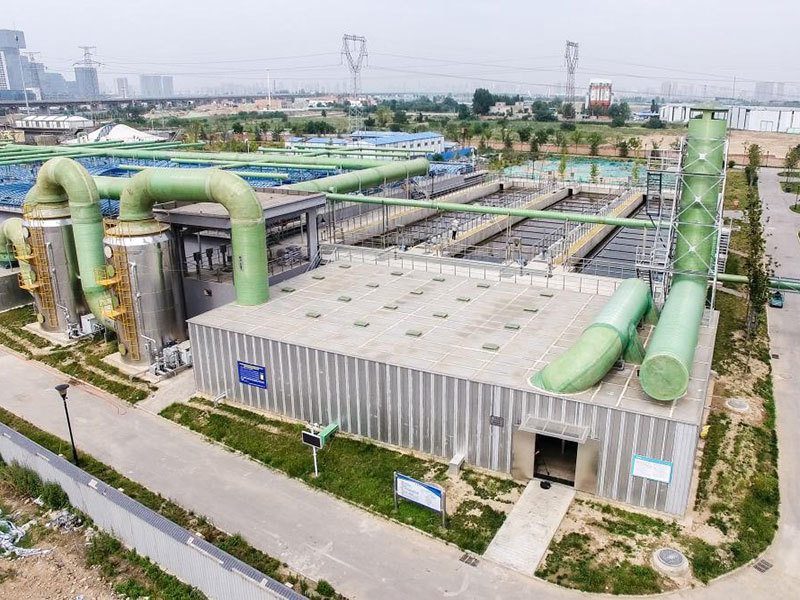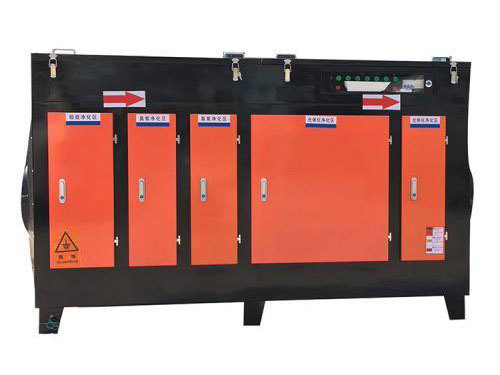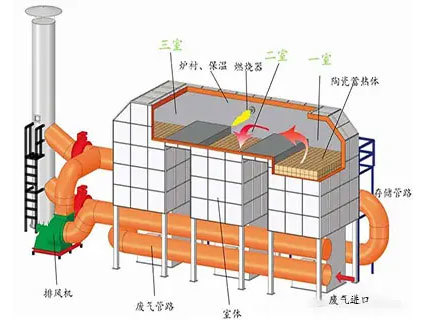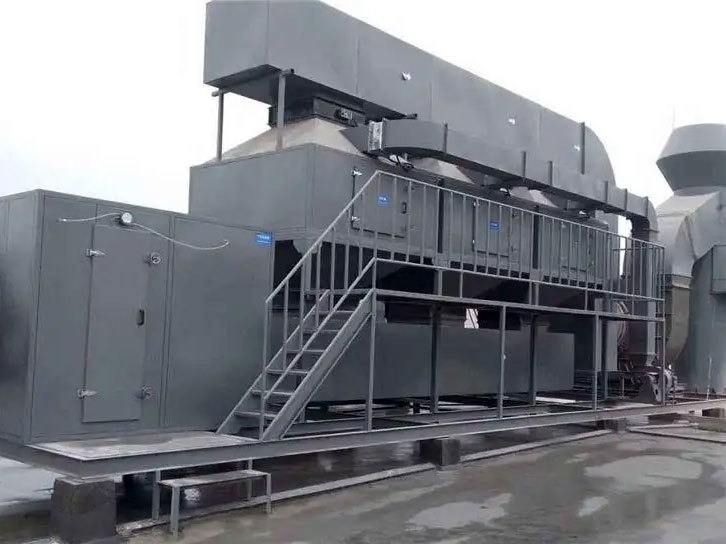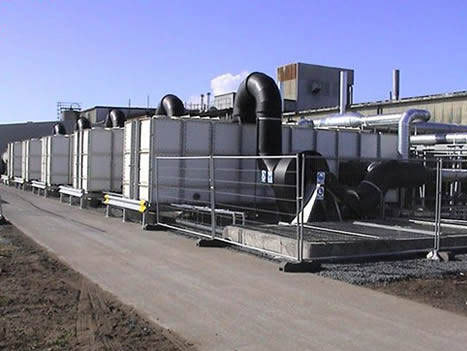Dual medium low-temperature plasma equipment
Low temperature plasma is the fourth state of matter after solid, liquid, and gas states. When the applied voltage reaches the discharge voltage of the gas, the gas is broken down, producing a mixture of electrons, various ions, atoms, and free radicals. In the discharge process, although the Electron temperature is very high, the temperature of heavy particles is very low, and the whole system presents a low-temperature state, so it is called low-temperature plasma. Double dielectric barrier discharge (DDBD) technology can generate large area, high-density low-temperature plasma, which generates particles with high chemical activity, such as high-energy electrons, ions, free radicals and excited state molecules.
Keywords:

Tel:
HOTLINE:400-678-1829
ZHANG GONG:+86-18865361829
详细介绍
图文详情
(1) Equipment Introduction
Low temperature plasma is the fourth state of matter after solid, liquid, and gas states. When the applied voltage reaches the discharge voltage of the gas, the gas is broken down, producing a mixture of electrons, various ions, atoms, and free radicals. In the discharge process, although the Electron temperature is very high, the temperature of heavy particles is very low, and the whole system presents a low-temperature state, so it is called low-temperature plasma. Double dielectric barrier discharge (DDBD) technology can generate large area, high-density low-temperature plasma, which generates particles with high chemical activity, such as high-energy electrons, ions, free radicals and excited state molecules. The pollutants in the exhaust gas react with these high-energy active groups and are eventually converted into substances such as carbon dioxide (CO2) and water (H2O), thereby achieving the goal of purifying the exhaust gas.
The dual medium low-temperature plasma technology, as a new type of gaseous pollutant treatment technology, is an interdisciplinary and comprehensive electronic chemistry technology that integrates physics, chemistry, biology, and environmental sciences. Due to its ability to efficiently decompose pollutant molecules and low energy consumption for treatment, it is currently one of the more promising and effective technical methods in air pollution treatment both domestically and internationally. Its use and promotion prospects are broad, A new approach has been opened up for the treatment of VOC type organic waste gases and odorous gases in the industrial field.
(2) Process principle
Under the effect of the external electric field, a large number of high-energy electrons (e) generated by dielectric barrier discharge bombard pollutant molecules, ionize and excite them, and then combine with other active particles, such as oxygen atom (O), hydroxyl radical (OH), triggering a series of complex physical and chemical reactions, transforming complex macromolecular pollutants into simple small molecular safety substances, or transforming toxic and harmful substances into non-toxic or low toxic and low harmful substances, This enables the degradation and removal of pollutants.
The process of decomposing and oxidizing organic waste gas molecules using plasma technology is very rapid, usually in the range of microseconds to milliseconds, with the main final products being CO2 and H2O.
(3) Process characteristics
① High removal rate: It can efficiently remove major pollutants such as volatile organic compounds (VOCs), hydrogen sulfide, ammonia, mercaptans, and various foul odors, with a deodorization efficiency of over 99%. Has the ability to effectively kill various microorganisms such as bacteria and viruses in the air;
② Low consumption and energy saving: The operating cost is low, about 1-5Wh/m3, which means that the energy consumption for processing 1000 cubic meters is 1-5 kWh. And this device can be used and opened at any time, with simple and convenient operation, without the need for dedicated personnel to manage and maintain daily, only requiring regular inspections;
③ Strong adaptability: It can adapt to the purification and treatment of large gas volumes and various exhaust gases, and can operate normally in high temperature and humidity environments;
④ Long service life of the equipment: This equipment is composed of stainless steel, copper, quartz glass, epoxy resin and other materials, with strong oxidation resistance and good anti-corrosion performance against acid, alkali gases, humid environments, etc. The service life can reach over 10 years.
(4) Comparison of Dual Medium Low Temperature Plasma and UV Photooxygen Technology
| Comparison item | Dual medium low-temperature plasma technology | UV photooxidation technology |
| Core Principles | The plasma generates particles rich in extremely high chemical activity, such as electrons, ions, free radicals and excited state molecules. The pollutants in the exhaust gas react with these high-energy active groups, ultimately converting them into CO2 and H2O | By generating a spectrum in the 185 nm wavelength band through a light source, a trace amount of ozone is generated. Ozone has the ability to oxidize and use its oxidizing power to kill bacteria and protein substances. |
| Discharge density per unit area | 1500x relationship (full coverage) | 1500 parts |
| Discharge capacity intensity | 3-11.7 electronic volts adjustable | Generally 1.24, not adjustable |
| Corrosion protection of discharge electrodes | Essential anti-corrosion | Essentially unable to achieve anti-corrosion |
| Input Current | Single discharge body 0.3-2.0 Amps adjustable | Small adjustment range, some are not adjustable |
| Spark discharge | No spark discharge generated | The intensity increases and becomes a spark discharge |
| The spicy taste of fried chili peppers | Can be decomposed | No decomposition (combustion method also does not decompose) |
| Decomposing odor molecules | Strong decomposition ability | Weak decomposition ability |
| Suitable for working conditions | Wide range, high purification efficiency, especially suitable for multi-component odorous gases that are difficult to handle by other methods | Low energy, low removal rate of VOCs, especially limited effect on most organic pollutants such as benzene series, esters, heterocycles, etc. with high bond energy. |
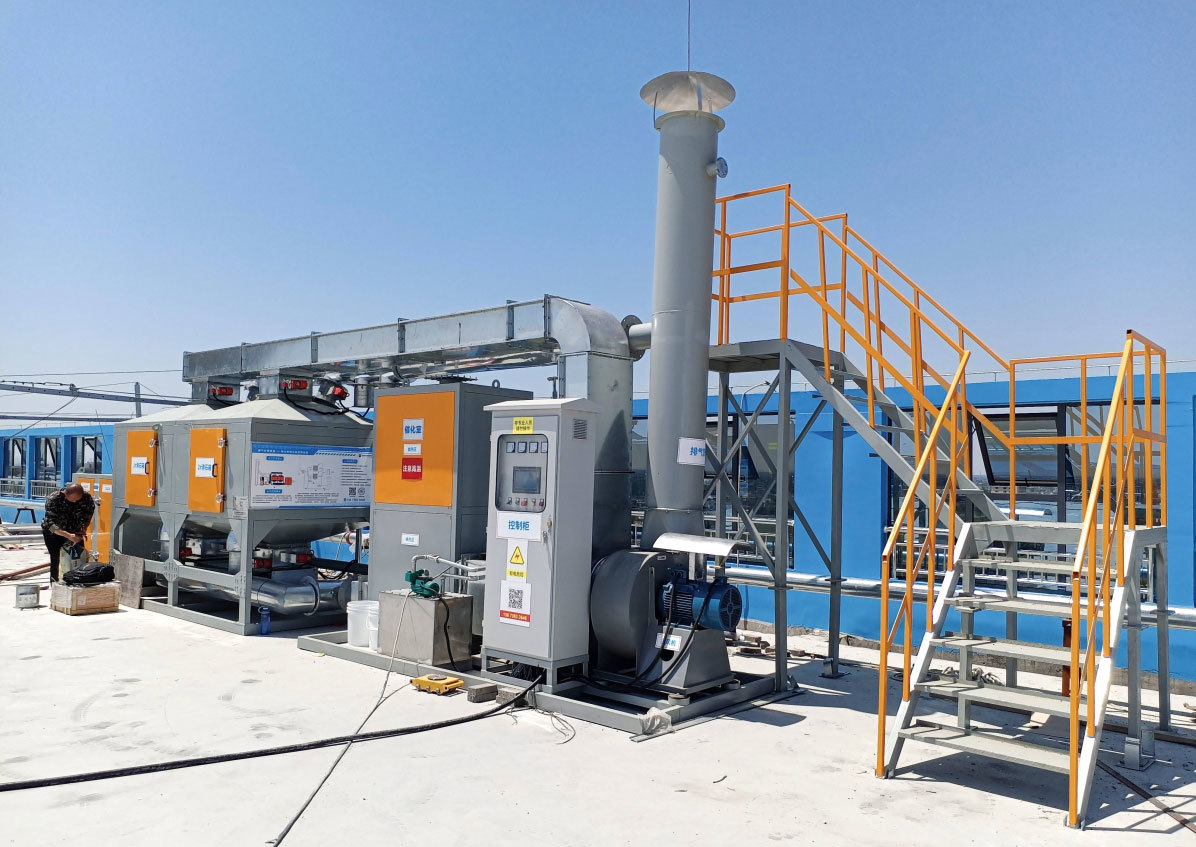
ONLINE MESSAGE
*注:请务必信息填写准确,并保持通讯畅通,我们会尽快与你取得联系
相关产品
Huanke Environmental Protection Technology
HOTLINE:
Address:Gongye 1st Street, Weicheng District, Weifang City, Shandong Province China
Contact:Zhang Gong
Phone:+86-18865361829
Email:sdhuanke@163.com


Consult
Copyright © 2023 Shandong Huanke Environmental Protection Technology Co., Ltd

